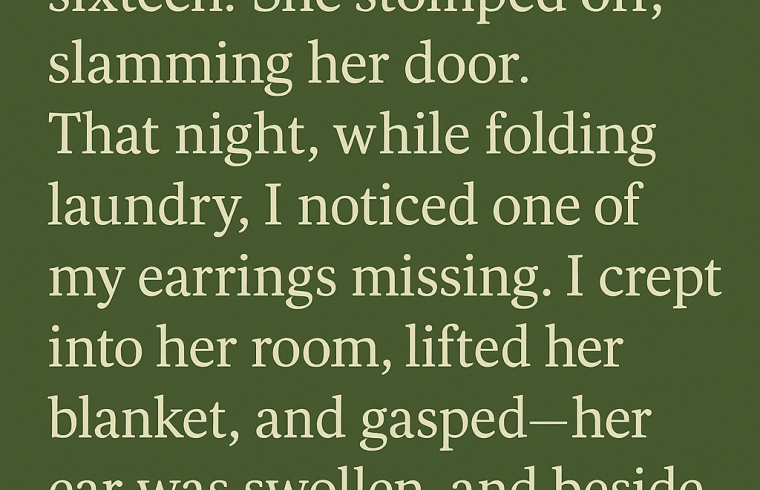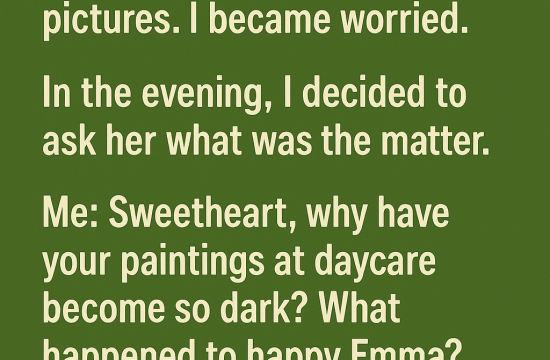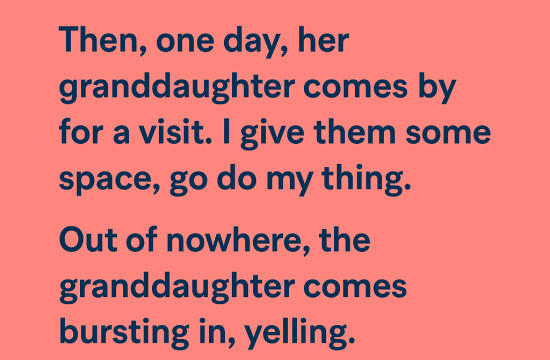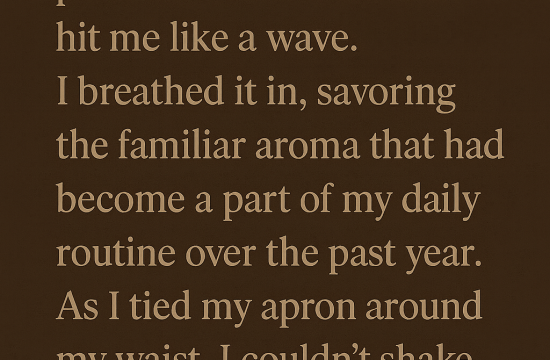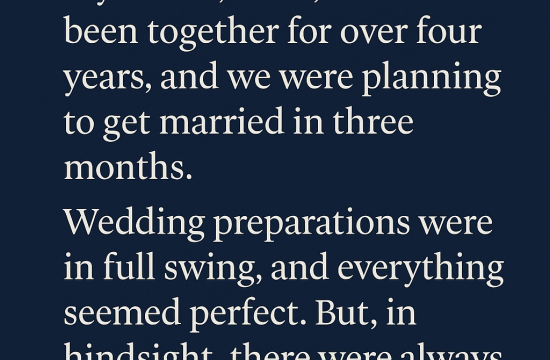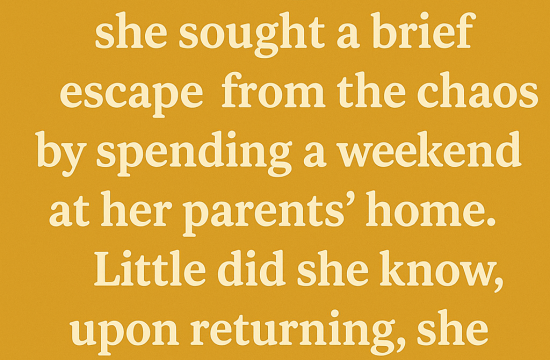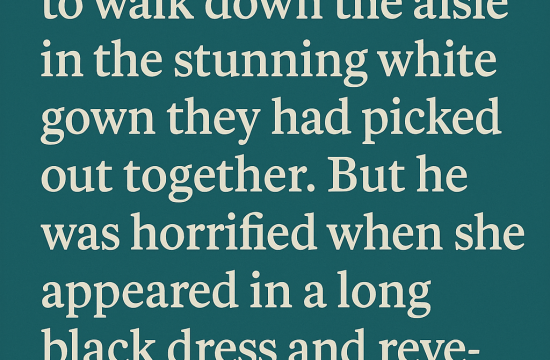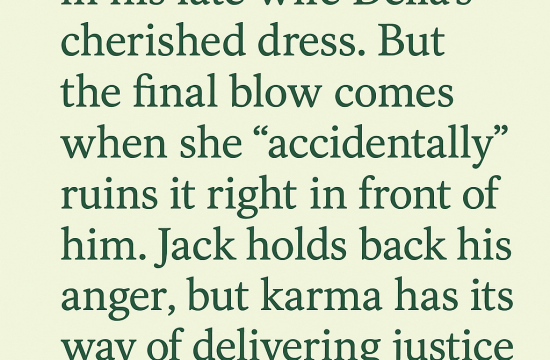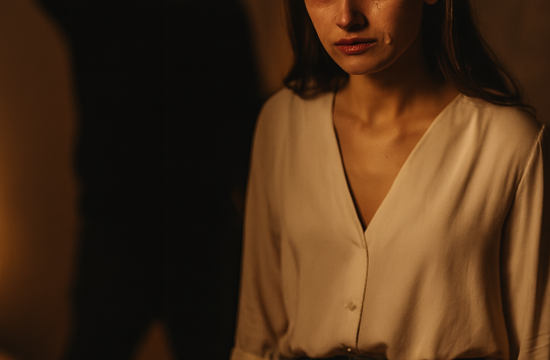I told my daughter she couldn’t get a second piercing until she turned sixteen.
She stomped off, slamming her door so hard the frame rattled.
That night, while folding laundry, I noticed one of my earrings was missing. I frowned, checked the basket again, then suddenly felt a chill.
I crept into her room, lifted her blanket, and gasped—her ear was swollen, angry red, and beside her pillow lay a sewing needle still streaked with dried blood.
My stomach dropped. I knelt beside her, careful not to wake her, staring at that inflamed ear and the makeshift earring jammed through it. She was only thirteen. My sweet, stubborn thirteen‑year‑old who always wanted to grow up too fast.
I didn’t wake her. I sat on her floor for almost an hour, holding that needle, asking myself where I’d gone wrong. I wasn’t some overly strict mom—I’d let her dye the ends of her hair blue last summer, even let her wear eyeliner for the school dance. But I had drawn a line at body modifications before sixteen. I thought that was reasonable.
The next morning, she came down for breakfast with a hoodie pulled tight over her ears. I was at the stove, scrambling eggs, pretending nothing had happened. She flinched when I kissed her cheek.
“How’d you sleep?” I asked softly.
“Fine,” she mumbled, not meeting my eyes.
I didn’t call her out immediately. I wanted her to tell me herself. But when she rushed through breakfast and grabbed her bag, I stopped her at the door.
“Before you go,” I said evenly, “maybe we should talk about the sewing needle under your pillow?”
She froze. Her cheeks went pale. Slowly, she turned.
“You went through my stuff?” she snapped.
“I was tucking you in,” I replied. “Your ear was swollen, Mia. What were you thinking?”
Her lip trembled. “You said no. You always say no to everything.”
“I said not yet,” I said quietly. “There’s a difference.”
She stormed out without another word.
I called the school nurse, gave her a heads‑up, then took the rest of the day off. Around lunch, a text from Mia buzzed through: I’m fine. Don’t make a big deal.
But when I picked her up, she climbed into the car with her hoodie still up, wincing every time she moved her head.
I drove straight to urgent care.
The infection was worse than I’d thought. The doctor cleaned the area gently, prescribed antibiotics, and said she was lucky she hadn’t hit cartilage or done permanent damage. Mia wouldn’t look at me the whole time.
In the parking lot, I didn’t yell. I just sat there, gripping the wheel.
“Why didn’t you just come to me?” I asked.
“You wouldn’t understand,” she whispered, her voice cracking. “All the girls have second piercings. Even some in our grade. And you act like I’m asking to get a tattoo across my forehead.”
“I’m not trying to ruin your life,” I said. “I’m trying to protect you.”
She stared out the window. “Maybe let me make a few of my own mistakes then.”
That one stung.
That night, we barely spoke. I made her favorite pasta and left it on her desk. She didn’t eat much. When I peeked in later, she was asleep with her earbuds in, her face still puffy from crying.
The next morning, she was quieter. Calmer. At breakfast, she muttered, “I’m sorry. I know it was stupid.”
“It wasn’t stupid,” I said. “It was dangerous. And I hate that you felt like you had to sneak.”
She looked down. “I just wanted to feel grown.”
That hit me like a punch. Because I remembered being thirteen. Wanting so badly to be seen as more than a kid. Making my own reckless mistakes.
Later that week, the swelling went down. I told her I wasn’t mad anymore—I was just sad she didn’t feel safe talking to me.
That weekend, I did something unexpected. I took her to a professional piercing shop. Not to get another piercing—she wasn’t healed—but to meet the staff. Rochelle, the piercer, was kind and chatty, explaining sterilization, safe methods, and why “DIY” piercing could cause real harm.
Mia listened intently. Asked questions. Absorbed everything like a sponge.
On the drive home, she said, “That was actually kind of cool.”
“I thought you’d like it,” I smiled.
“But I still have to wait till sixteen?”
I grinned. “We’ll talk. Maybe if you show me you’re responsible, we can reconsider at fifteen.”
Her eyes lit up. “Really?”
“No promises. But maybe.”
For a while, things settled. She seemed less rebellious. I even overheard her telling a friend on FaceTime, “Nah, you shouldn’t do it yourself. I almost lost half my ear.” I couldn’t help but laugh.
But just when I thought the whole thing was behind us, a new twist came.
One afternoon, the school called. Mia had been caught selling jewelry and piercing kits from her locker. She claimed they were “safer” options for kids whose parents said no.
I was furious. And heartbroken. When I confronted her, she sobbed, “I thought I was helping! They were gonna do it anyway. At least I gave them real kits, not dirty needles!”
My heart sank. “So you didn’t learn anything from your infection?”
“I did!” she cried. “But Rochelle said it’s about safety. I was being safer!”
“You’re thirteen,” I said. “You don’t need to be the savior of your classmates.”
She was suspended for three days. That night we had our longest, hardest fight.
“You’re not hearing me!” she yelled. “These girls want what I want—to be seen! You think if we wait, it’ll go away? It doesn’t!”
“I do hear you,” I said, tears streaming. “But growing up doesn’t mean skipping steps. It means learning patience. Learning rules—even the ones you hate.”
We didn’t speak much the next day.
Then, unexpectedly, Mia came to me with a plan.
“I want to volunteer at Rochelle’s studio,” she said.
I blinked. “What?”
“She said they sometimes let teens help with front desk stuff. Cleaning, organizing jewelry. Nothing with piercings. Just… learning. I emailed her.”
I read the email thread, Rochelle’s warm reply, and felt something shift in me.
I agreed—on conditions. Homework first. Chores done. No more locker businesses.
For the next three months, Mia blossomed. She polished display cases, learned about metals, sketched earring designs. Rochelle said she was a natural—mature, focused, respectful.
One day, Mia handed me a small envelope. Inside was a pair of delicate sterling silver earrings.
“For you,” she said softly. “I helped design them.”
I almost cried.
By her fifteenth birthday, I handed her a signed permission form. “Let’s go see Rochelle,” I said.
She squealed so loud the dog barked. That afternoon, she got her second piercing. Professionally. Safely. With me holding her hand.
When we walked out, she hugged me tight and whispered, “Thank you for waiting until I was ready.”
I smiled through tears. “You were always ready. You just needed to learn how to show it.”
The truth is, kids push boundaries not to break rules, but to understand them. Mia wasn’t trying to rebel—she was trying to grow. And my job wasn’t to stop her. It was to guide her through it.
I still say no sometimes. That’s part of parenting. But now I try to say yes more when it matters. I listen more. I explain more. And I remind myself: kids don’t come with roadmaps—they come with questions, emotions, and all the wild energy of becoming who they are.
Mia still wears the silver earrings she designed. And when younger kids ask about piercings, she tells them to wait, to talk to their parents, to never do it themselves.
Sometimes, they actually listen.
And that sewing needle?
It still sits in my drawer—not as a reminder of a mistake, but of how far we’ve both come.

